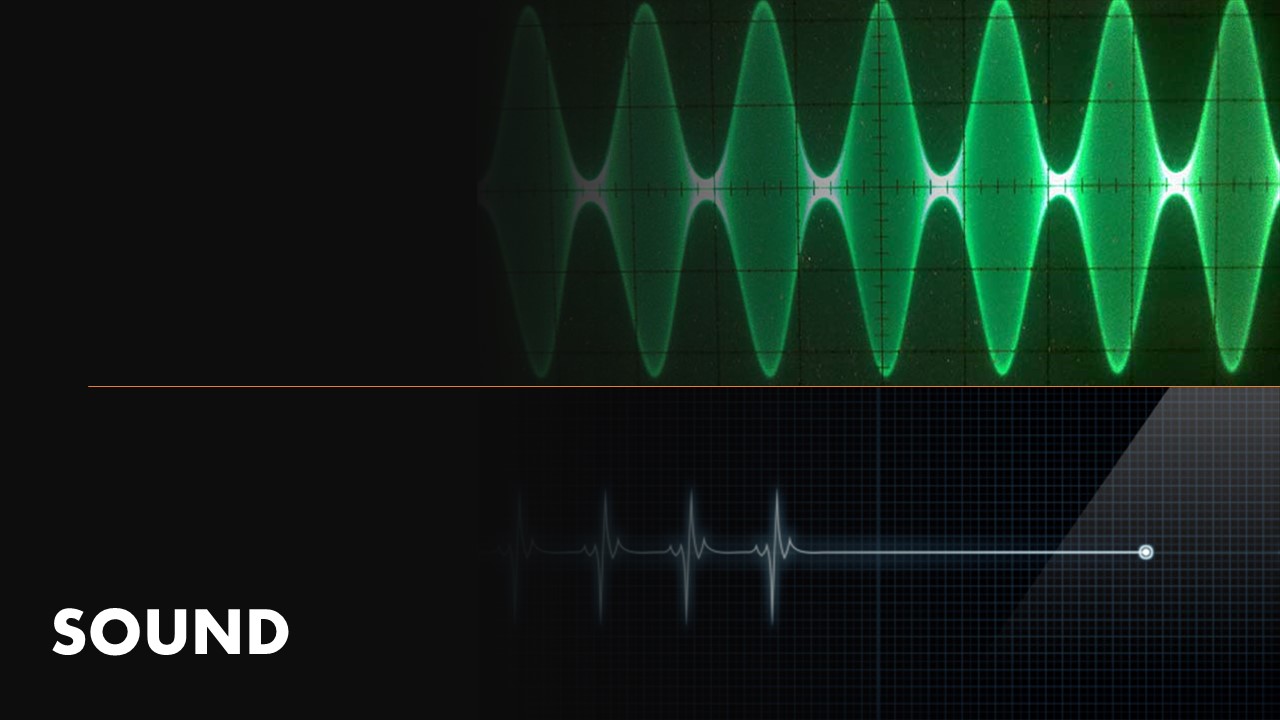Description
Introduction to Sound
Sound is a form of energy that travels in the form of vibrations through the air or any another medium.
Vibration is defined as a rapid to and fro or up and down movement about a mean position.
Vibrations travel through a medium such as air and reach our ears where they are interpreted by the brain as sound.
Human beings are capable of producing sound which originates from the larynx or the voice box in the neck. The sound produced is controlled by thin membranous structures known as vocal cords that stretch across the larynx.
The vibrating body can be- a stretched animal hide (as in drums and table), stretched strings (as in guitar and sitar), or air columns (as in flute or pipes).
Characteristics of vibration
The important characteristics of vibrations are its frequency, amplitude and time period. These determine the characteristics of the sound produced.
Frequency:
The number of vibrations made by the vibrating body in one second is known as its frequency.
The SI unit of frequency is the hertz (Hz).
Amplitude:
The maximum extent of vibration of the vibrating body from its mean position is known as its amplitude.
Time period:
The time taken by the vibrating body for one complete vibration is known as the time period of vibration. It is denoted by T.
T=1/f and f=1/T
Time period and frequency are reciprocals of each other.
Characteristics of sound
Sound can be characterized by the loudness, pitch and quality.
Free
Free
Free access this course
-
LevelIntermediate
-
Last UpdatedMarch 22, 2022
-
CertificateYes
Hi, Welcome back!
Material Includes
-
Live Interactive classes with in-class doubt solving
-
Weekly Test and Quiz with instant tracking for progress
-
Revision of the course after testing
-
Fortnightly Parents and Tutor interactions
-
Expert monitoring of student's learning progress
-
Daily communication over call, whatsapp and mail
-
3 hours on-demand video
-
4 downloadable resources
-
Access for entire Academic Year
-
Access on mobile and Desktop
-
Assignments and review of the same
-
Tests and Correction by Board paper checkers
-
Certificate of completion and Live tracking with Grade book
Course Duration:
0
Course level:Intermediate
Enrolled:0
About Course
In this section will learn this following chapters:
1.Introduction to Sound
2.Characteristics of vibration
3.Characteristics of sound
Course Curriculum
TERMS RELATED TO SOUND
-
18:30
-
18:08
-
00:32
-
21:25
-
11:31
-
QUIZ – SOUND – INTRODUCTION TO SOUND WAVES
MEASUREMENT OF SOUND
Student Ratings & Reviews

No Review Yet


